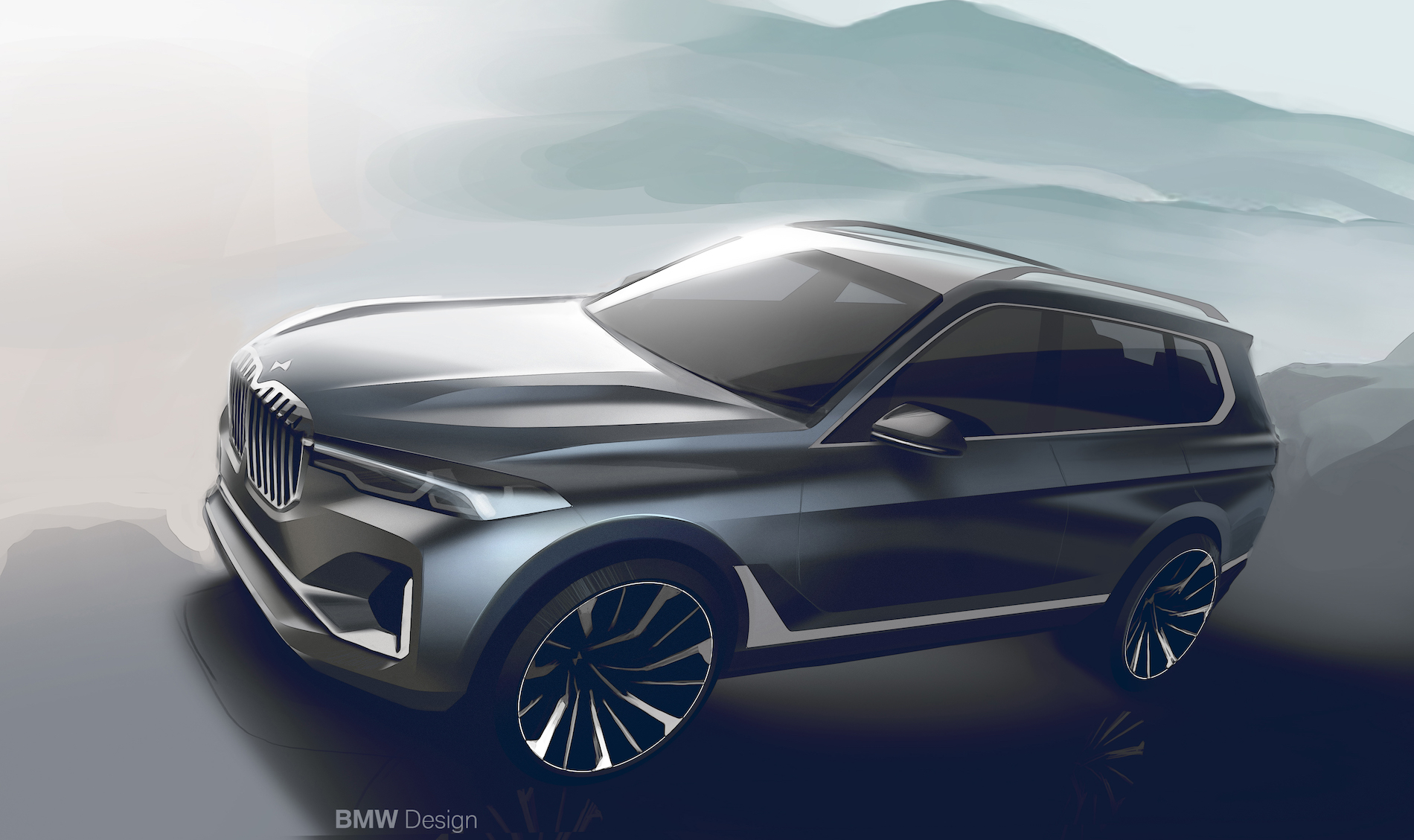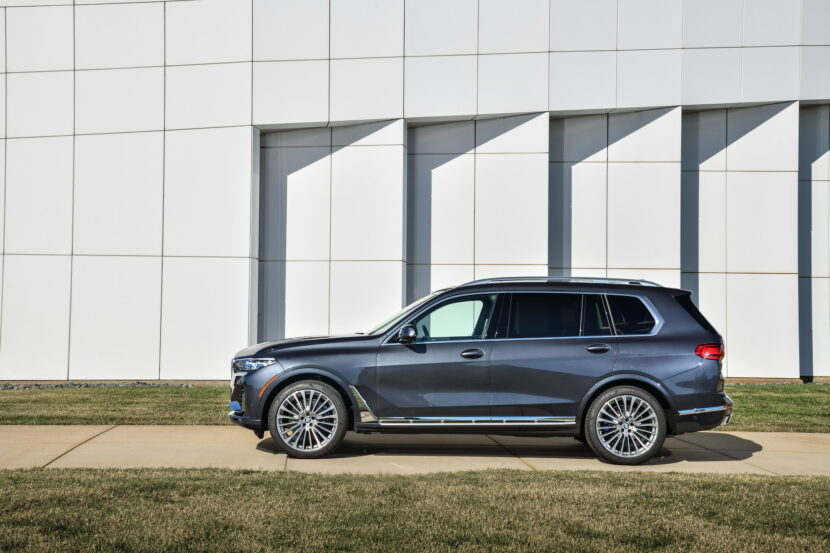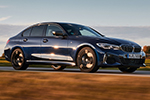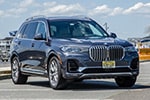Few vehicles in BMW’s modern history represent such a bold leap as the X7. Before it arrived, BMW’s largest SUV—the X5—could only pretend to offer three-row practicality. But as American buyers demanded more space, more comfort, and more luxury, the automaker realized there was a real need for something above the BMW X5. The result was the BMW X7, a full-size flagship SUV that redefined what a BMW could be. Its creation wasn’t simple, though.
Technically, demand for the BMW X7 existed as early as before 2006. That year, the E70 BMW X5 introduced a third row of seats, but even then product planners knew it wouldn’t be enough for those seeking a true three-row SUV. “Albert Biermann [project leader] did a phenomenal job, but it became obvious that a third row in the E70 wasn’t going to work very well,” said Rich Brekus, then Head of Product Planning and Strategy for BMW NA. While newer and measurably larger—7.4 inches longer, in fact—the third row was hardly accommodating for adults. Brekus: ““It was clear there was a market for a bigger X5, and we started asking for an X5L, like a $3,000 upgrade.”
U.S Based For U.S. Demand
The X5L didn’t happen, but Munich apparently was first to pitch the X7. Headquarters liked the idea of a “flagship” above the X5. Plus, the segment was growing in popularity, and BMW had no real entrant. “A consumer who preferred European cars would never consider an American car if he or she wanted a BMW, a Porsche, or a Mercedes. But that isn’t true when it comes to SUVs,” says Ludwig Willisch, then CEO of BMW NA. Willisch and the BMW board gave serious consideration to the model around 2011, but it wasn’t until 2014 that the X7 saw a real chance at happening. A $1 billion expansion underway at Spartanburg—the only BMW facility assembling large SUVs—made it a logical test bed for anything like the X7.
The BMW X7 project, then, started taking shape. Kate Alini may now be MINI USA’s Manager of Marketing, Product, and Strategy, but at the time, she was tasked with navigating BMW’s U.S. road map on the top end—7 and 8 Series and now, the new X7. She had real cause to make the X7 as good as possible. As an X5 driver, she shared videos with higher-ups in Munich illustrating how difficult it could be to get her kids from the way back out the door.
The BMW X7 Becomes Reality
Cluster architecture (CLAR) changed the game for BMW. The existing X5 chassis was simply too small to offer any meaningful gains. CLAR gave BMW the flexibility required to make a real BMW X7: something significantly and larger than the X5. A big sticking point for BMW was ensuring the X7, the largest BMW to date, still drove like a BMW. “It was important that the X7 keep the BMW DNA intact, that it have the sporting driving experience that’s typical of any BMW,” says Rich Steinberg, then Head of Product Planning. Design played a large role in keeping the BMW X7, well, “BMWy.” Massive 22-inch wheels—the first to appear on a BMW—both kept the X7 looking sporty and paid dividends in the handling department. Precise body lines, slim headlights, and larger grilles gave the SUV a proportionate look.
BMW X7: Only Kind of the SUV 7 Series You Think It Is
The X7 finally debuted in 2017. It shared a lot with the 7 Series, but there’s one key feature that separates the two vehicles. While Munich wanted a solid bench seat, Alini pitched captain’s chairs. “I had to convince Munich to make them optional,” Alini says. She showed them how kids normally climbed into the third row—over a bench seat rather than around. “They climb over the seats, and their sneakers scratch up the headliner.”
Even then though, there were creative differences. Apparently, Munich wanted a center console in between the two captain’s chairs. Which certainly makes sense if you approach the X7 as “SUV limo” rather than “kid-hauler.” Alini also had to convince Munich to “correctly” place the cupholders—enough for every passenger. Finally, Alini insisted the X7 got a split tailgate. Since the X7’s cargo bay was still slightly smaller than many competitors, especially American ones, Alini needed it to be “easier and more accessible.”
Pre-orders for the BMW X7 began in 2018, with order banks opening shortly afterwards. Shockingly, the G07 is still in its first generation, albeit a significant mid-lifecycle refresh in 2022 makes it easy to forget that. It’s been one of BMW’s most universally-lauded vehicles, and sales continue to be strong despite the vehicle’s age. We’ve seen the new BMW X7 out and about testing. Will that SUV match the original’s panache? Only time will tell.
Source: BMW USA









































































